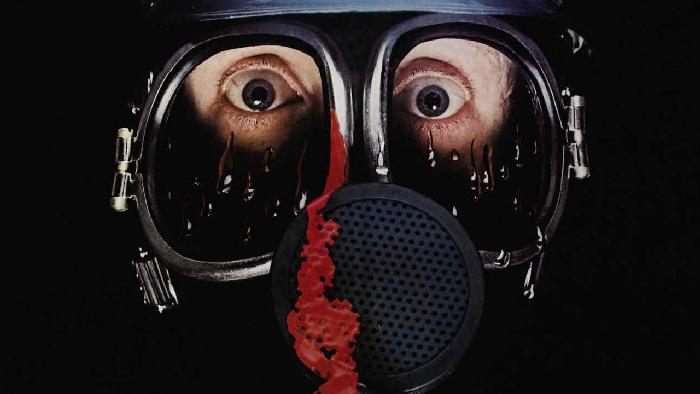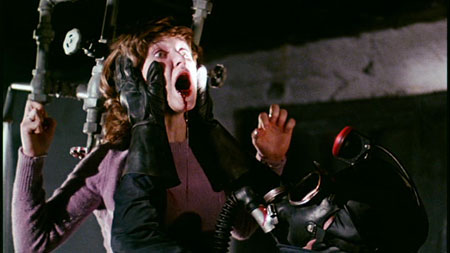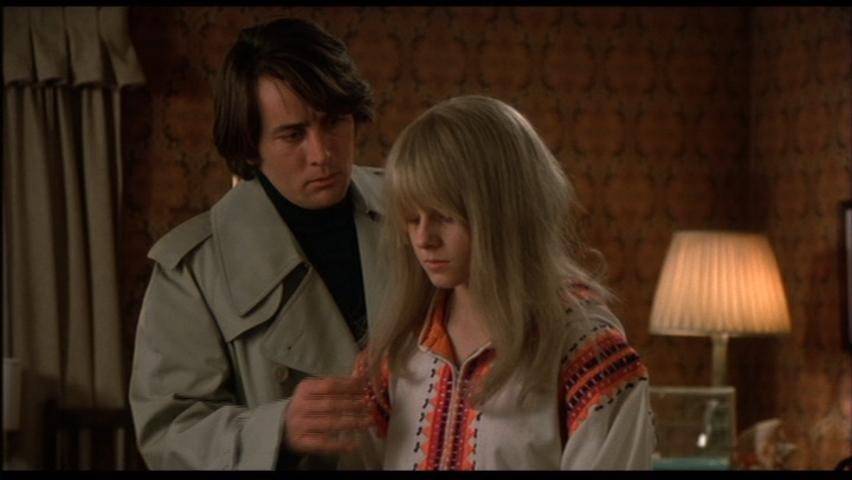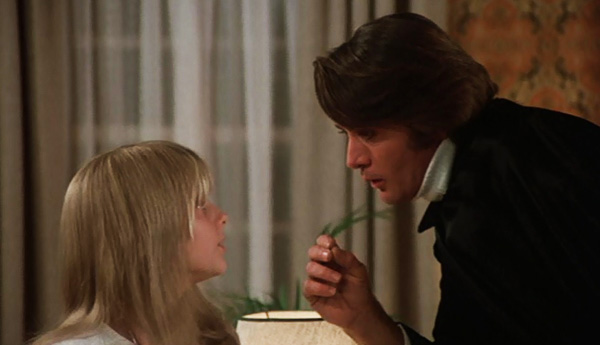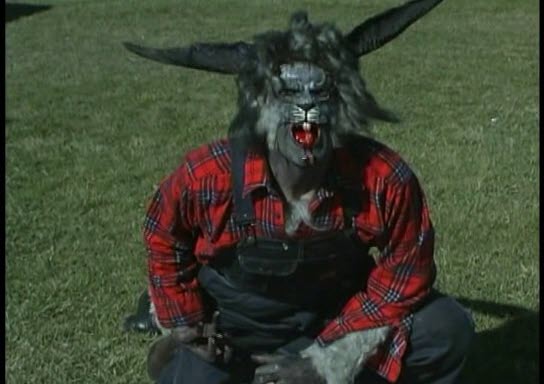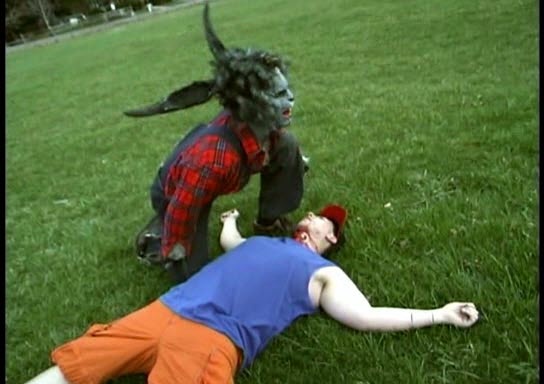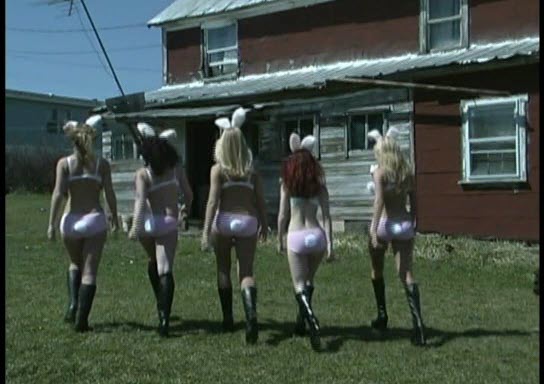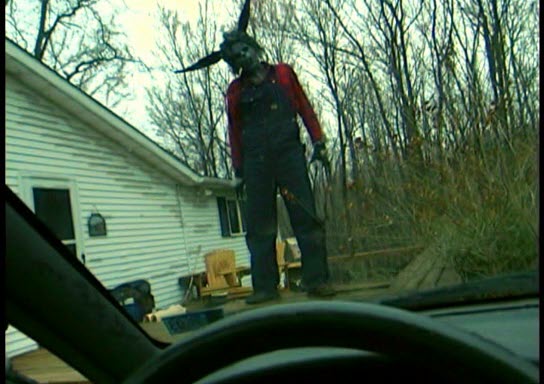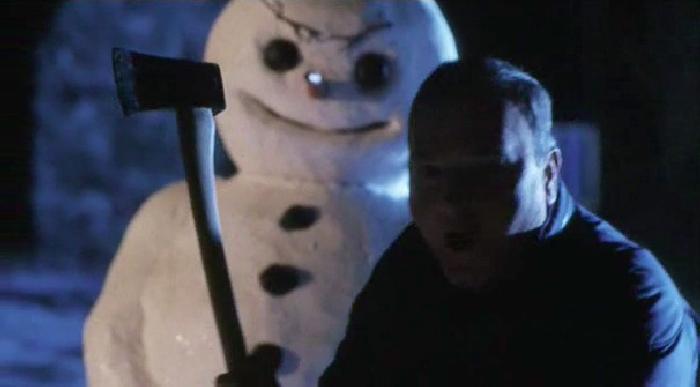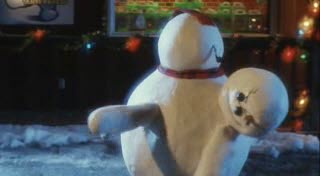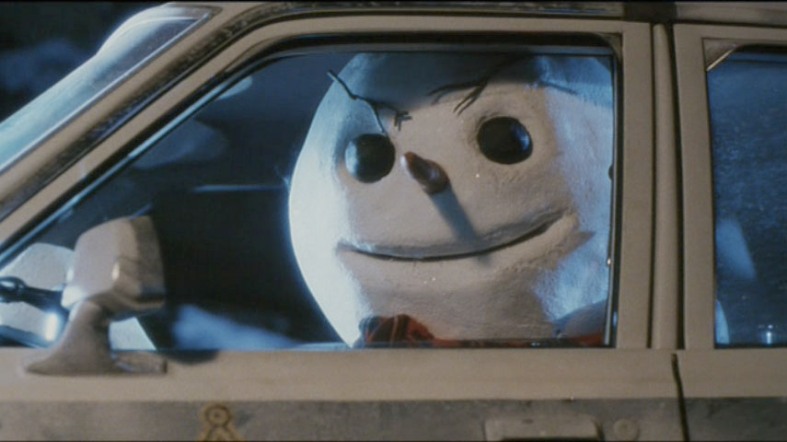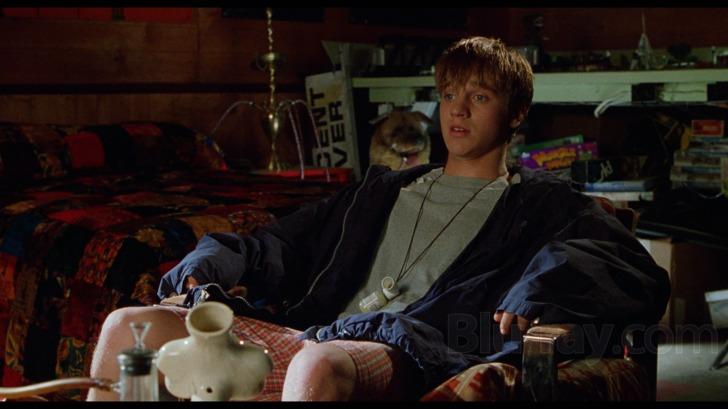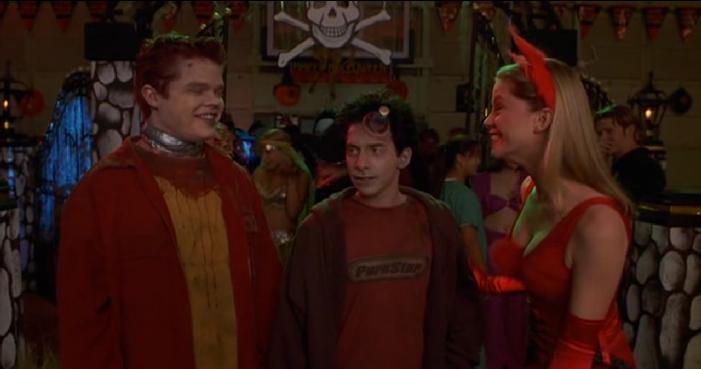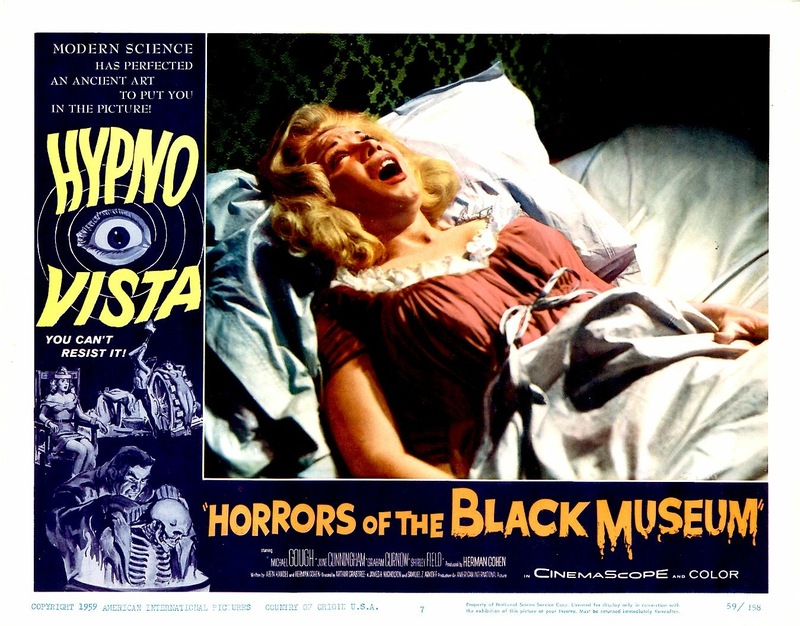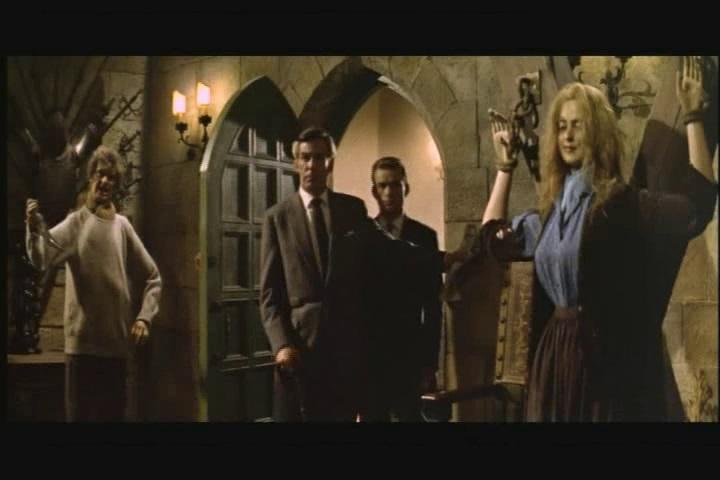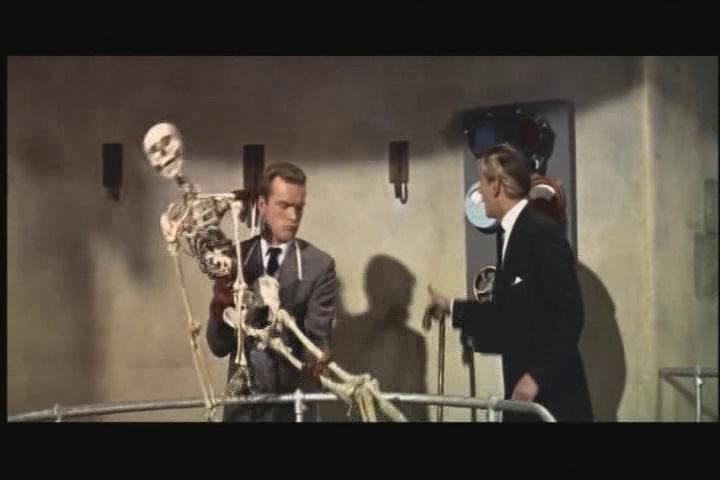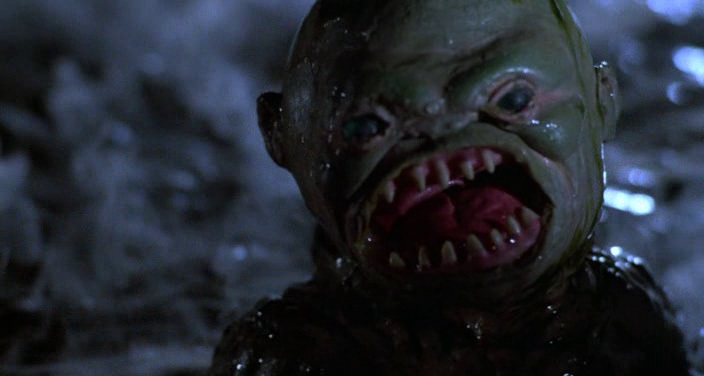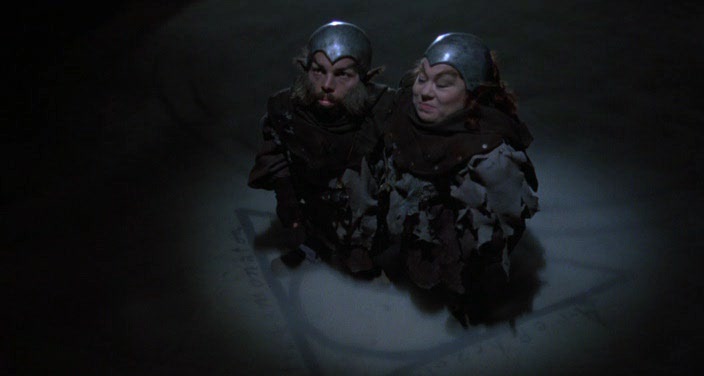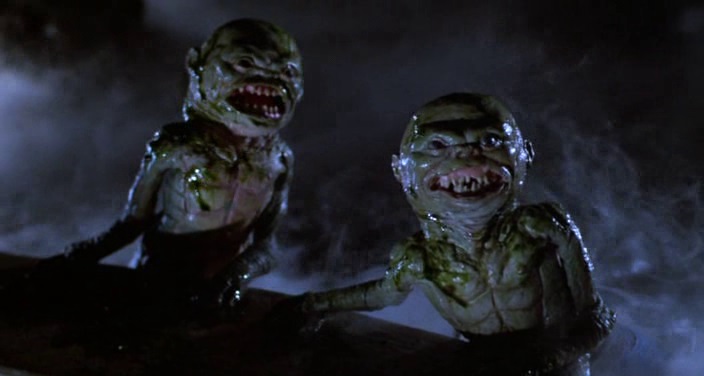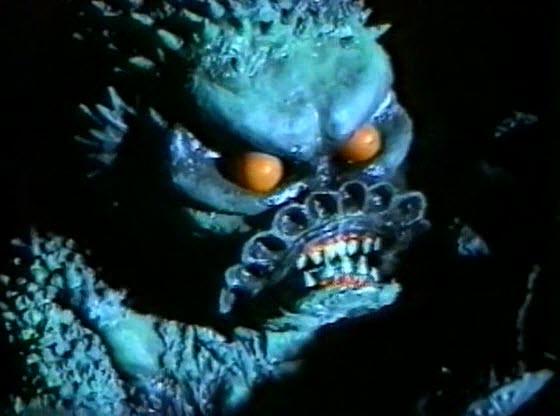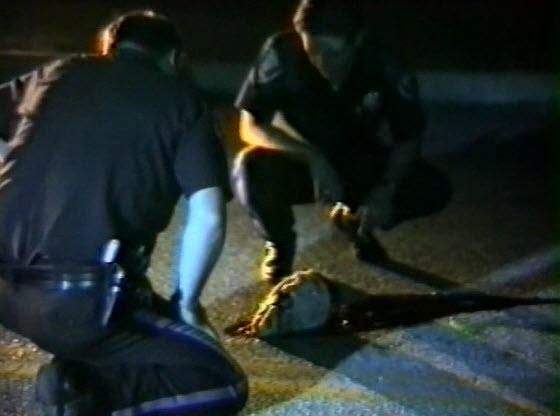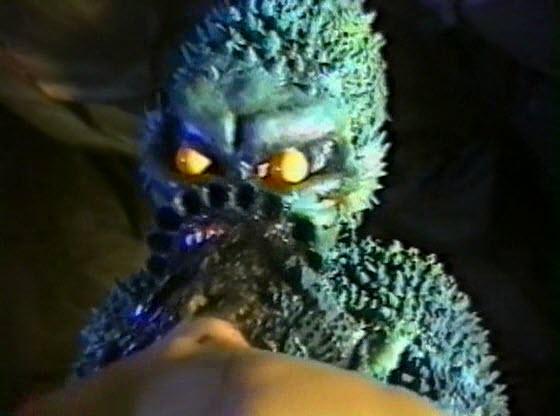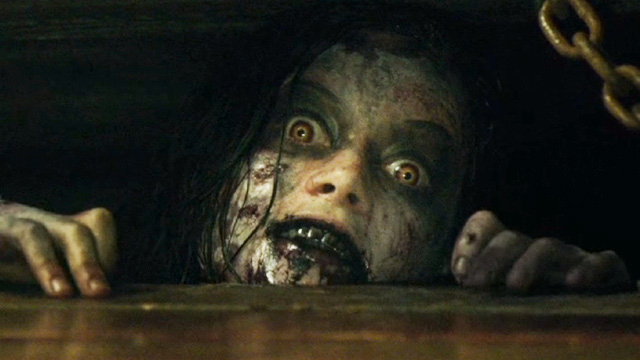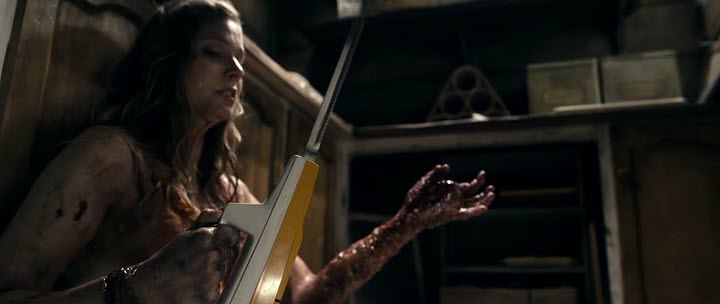The last time I saw Motley Crue perform live was January 3rd, 1990. I was sixteen years old, and the band was touring in support of their fifth album, Dr. Feelgood.
After 33 years together as a band, in 2014 Motley Crue announced their farewell tour and publicly signed a contract stating that they would no longer tour together as a band after 2015. While many bands have announced “farewell tours” only to renege later (KISS’s farewell tour was in 2000; they played Tulsa last month), I’m taking the Crue at their word here and assuming this is the last time I will ever have the opportunity to see Vince and his buddies Sixx, Mick, and Tom perform live.
For their farewell tour Motley Crue brought along “very special guest” Alice Cooper as an opening act. Alice Cooper is 66 years old and I did not expect much from his show. I was wrong. Despite the fact that most members of his touring band weren’t even born when Alice first took the stage, they performed each song as if it were their own. (Lead guitarist Nita Strauss was born in 1986, the same year Alice Cooper released his sixteenth studio album, Constrictor).
It was great to finally see the father of shock rock and the predecessor of Marilyn Manson and Rob Zombie do his thing on stage. Throughout the show we got to see Alice Cooper strapped into a straightjacket and tortured by a demented nurse, electrocuted, and ultimately, beheaded in a guillotine. After Cooper was “electrocuted,” the band was joined by a ten-foot-tall monster. Check out this “not from our show but it looked just like this” clip. Jump to the 2:15 mark for the good part.
httpv://www.youtube.com/watch?v=KWEQrz3lZmU#t=135
I was disappointed that the band didn’t play anything from Raise Your Fist and Yell (my favorite Alice Cooper album) but they certainly ran through Alice Cooper’s most classic material.
Alice Cooper Setlist
Hello Hooray
No More Mr. Nice Guy
Under My Wheels
I’m Eighteen
Billion Dollar Babies
Poison
Dirty Diamonds
Welcome to My Nightmare
Feed My Frankenstein
Ballad of Dwight Fry
Killer
I Love the Dead
School’s Out (with “Another Brick In The Wall”)
After roughly 30 minutes, Motley Crue took the stage, opening the show with the title track from the latest (2008) album, Saints of Los Angeles. People cheered not for the song but for the band. This was our last time to see Motley Crue perform live. People wanted the band to rip through their entire discography, and that’s exactly what they did. The band didn’t waste any time playing less popular songs from “those years,” completely omitting all material from 1994’s Motley Crue (1994), Generation Swine (1997), and New Tattoo (2000). Instead they stuck with their biggest hits, giving the crowd exactly what they wanted.
There were three breaks in the action. The first was Tommy Lee’s drum solo, an event that has been evolving since the early 90s. Back then, Lee’s drum kit would spin 360 degrees as he played to the crowd. For the farewell tour, his entire drum kit is connected to a roller coaster track that carries him out into the audience as it spins him 360 degrees. Gimmicky, decadent, and over the top? You’ve just described Motley Crue.
I wouldn’t watch this entire clip, but you should watch the first minute of it.
httpv://www.youtube.com/watch?v=iykDkwvYzyw
The second break in the show came from Nikki Sixx, who asked the entire crowd to sit down and get ready for story time. Sixx spent the next five minutes telling the story of Motley Crue; how the band members met, how they struggled, and what decisions we all made to get us all in that arena at that time. It was pretty deep. Moments later he strapped on a bass guitar with a built-in flamethrower and shot fire over the crowd as 20,000 people pumped their fists in the air and screaming “Shout at the Devil” at the tops of their lungs.
The final break in the show was Mick Mars’ guitar solo. Mick Mars’ health has seriously been on the decline for the past decade, but you wouldn’t have known it from last night. Note for note, Mars ripped through every song and every solo, nailing every note. Unfortunately, and maybe it was where we were sitting, but his solo sounded like a muddled mess to us. The stage amps were in competition with the house speakers, causing enough of a delay to make the whole thing sound like muddy noise. The guy can still shred though.
Vince Neil did what Vince Neil does, running around the stage, hitting most of the words while working the crowd. Perhaps it’s nostalgia that makes him sound better than he really is at this point. If you’re going to see the band perform one last time you need to see it perform with all four original members and I wouldn’t have had it any other way.
As the show closed and the band made their way through their biggest single (“Home Sweet Home”), a slideshow of pictures (starting with the guys’ high school yearbook photos) was projected on to a screen and I have to admit I got a little teary eyed. I have followed this band for as long as they’ve been a band and saying goodbye, as silly as it sounds, felt like saying goodbye to an old friend, a real friend.
As the lights came up, Tommy Lee stood at the edge of the stage shouting, “I’m gonna miss you guys.”
We’re gonna miss you too.
And now… on with the show.
httpv://www.youtube.com/watch?v=SrfPusMGt9w
Motley Crue Setlist
Saints of Los Angeles
Wild Side
Primal Scream
Same Ol’ Situation (S.O.S.)
Looks That Kill
On With the Show
Too Fast for Love
Smokin’ in the Boys’ Room
Without You
Mutherf**ker of the Year
Anarchy in the U.K.
T.N.T. (Terror ‘N Tinseltown)
Dr. Feelgood
In the Beginning
Shout at the Devil
Don’t Go Away Mad (Just Go Away)
Live Wire
Too Young to Fall in Love
Girls, Girls, Girls
Kickstart My Heart
Home Sweet Home

